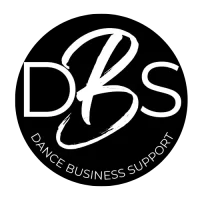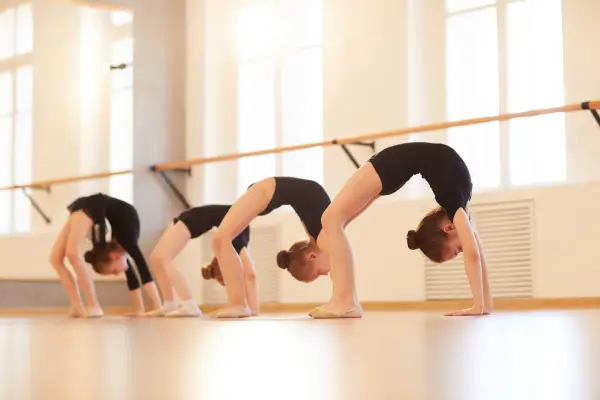7 Stages of a Sales Process for Attracting Dance Students: A Guide for Dance Studio Owners
Attracting and retaining dance students can be a challenge for dance studio owners. While offering quality instruction is a crucial factor in building a strong student base, it’s equally important to have an effective sales process for dance studios to help you attract and enroll new students. By following a structured sales process for dance studios, you can identify potential students, understand their needs, and ultimately enroll them in your classes.
In this article, we’ll explore the seven stages of a sales process that can be tailored to help you successfully attract and enroll new dance students in your studio. These stages include prospecting, qualifying, needs assessment, presenting, handling objections, closing, and follow-up. By following these steps, you can develop a comprehensive sales strategy that will help you build a thriving dance studio with a steady stream of new students.
Prospecting
In this stage, the dance studio identify potential students by reaching out to local schools, community centers, and other organizations to promote their classes. They may also use social media platforms or targeted advertising to reach potential students. For this stage it is essential to have a well thought through, robust marketing strategy.
Qualifying
Once a potential student expresses interest in one or more of your classes, it is advisable to ask questions to qualify them, such as their age, skill level, and preferred style of dance. This will help the studio determine if their classes are a good fit for the student and also if the potential student fits what the studio deems to be to be the type of customer they are looking for.
Needs analysis
The studio may also ask the student (or more likely the parent) about their goals and motivations for taking dance classes, such as improving fitness, learning a new skill, or pursuing a career in dance. This information will help the studio tailor their offerings to meet the student’s needs.
the tour
In this stage, the studio will present their classes to the student, highlighting the styles of dance they offer, their class schedule, and any notable instructors. This is a real opportunity to showcase your studio and highlight the social benefits that being part of a dance family can offer. You may also offer trial classes or free consultations to give the student a taste of what the classes are like.
objection handling
Parents may have objections or concerns, such as the cost of the classes or their availability. The studio may address these concerns by offering payment plans, flexible scheduling, or other options to make it easier for the student to participate.
the close
The close in the sales process is the final step in persuading the parent to enroll their child at the studio. It involves creating a sense of urgency and tapping into the customer’s emotions, needs, and desires. The ideal close is personalized to the students unique situation and is presented in a clear and confident manner. The language used in the close should be persuasive but not pushy, and it should offer the customer the clear benefit for enrolling. The perfect close can help to establish trust, build long-term relationships, and ultimately increase sales and revenue for the business.
Once the student is ready to enroll in classes, the studio will finalize the terms of the agreement, such as the class schedule, pricing, and payment terms.
Follow-up
After the student enrolls in classes, the studio will maintain a relationship with them to ensure their satisfaction with the classes. This may include sending out newsletters, offering additional resources or workshops, and addressing any concerns or issues that arise. The studio may also encourage the student to invite friends or family members to join the classes, and may offer referral incentives to incentivize them to do so.







